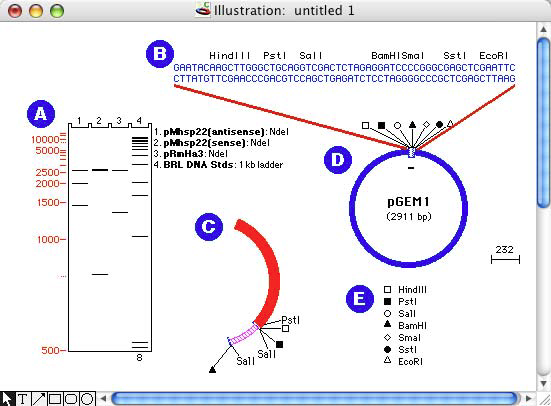
For instance, cyberspace is governed by an amalgamation of existing international law as well as an ever-growing, complicated array of political agreements technical standards and protocols trade, business, and human rights standards research principles national regulations and self-regulation in the private sector. Today’s technological advances are deemed disruptive not only in market terms but also in the sense that they are “provok disruptions of legal and regulatory orders” and have the potential to “disturb the deep values upon which the legitimacy of existing social orders rests and on which accepted legal and regulatory frameworks draw.” 2Ĭomplex, dynamic frameworks already govern some fields of technology. This is particularly the case when technologies are designed for profit-making alone and their trajectories are entirely dependent on market forces.Ĭamino Kavanagh is a nonresident scholar at the Carnegie Endowment for International Peace, where her research focuses on international security, governance, and emerging technologies. When they do so, identifying the most relevant or effective policy-oriented or normative-focused platforms to discuss these implications can be challenging, not least because existing platforms sometimes do not consider the variety of actors implicated, the cross-border reach of the technologies in question, and the different value and political systems at play. Yet, like governments, many of these other actors do not have (or simply do not invest in) the means to consider the broader, cross-border societal implications of their investments, research, and innovations.

A greater number and variety of actors must be involved to initiate, shape, and implement both technical and normative solutions. And even if one or a handful of national governments devise policies for managing these effects, the global reach of many emerging technologies and their impacts requires new approaches to multilateral governance that are much more difficult to agree on.

In many cases, the rate of innovation is outpacing states’ ability to keep abreast of the latest developments and their potential societal impacts. Technological innovation is largely taking place beyond the purview of governments. And greater economic integration and connectivity mean that the effects and consequences of technological advances are far less localized than before and are liable to spread to countries and industries worldwide. In parallel, geopolitical tensions around the world are growing, and most countries increasingly view these technologies as central to national security. 1 Relatively easy to access and use, most of them are inherently vulnerable to exploitation and disruption from both near and far. The technologies are mostly dual use, in that they can be used as much to serve malicious or lethal purposes as they can be harnessed to enhance social and economic development, rendering efforts to manage them much more complex. Technology’s Disruptive Potentialīut there are mounting concerns that these technologies and how they are used will pose serious challenges, including labor force dislocations and other market disruptions, exacerbated inequalities, and new risks to public safety and national security. These advances promise significant social and economic benefits, increased efficiency, and enhanced productivity across a host of sectors. These innovations are centered on the gathering, processing, and analyzing of enormous reams of data emerging from the information sciences with implications for countless areas of research and development. The technological advances in question are driven by a digital revolution that commenced more than four decades ago. These breakthroughs are expected to be highly disruptive and bring about major transformative shifts in how societies function. Significant technological advances are being made across a range of fields, including information communications technology (ICT) artificial intelligence (AI), particularly in terms of machine learning and robotics nanotechnology space technology biotechnology and quantum computing to name but a few.


 0 kommentar(er)
0 kommentar(er)
